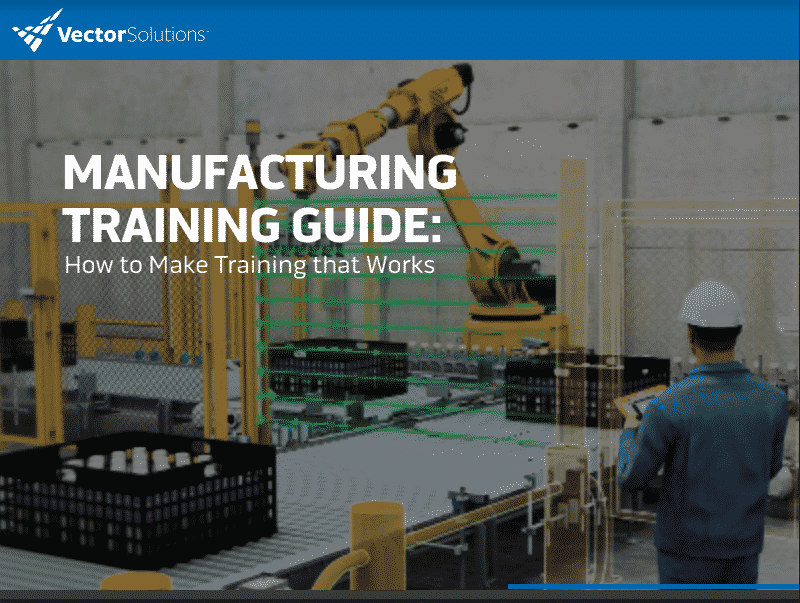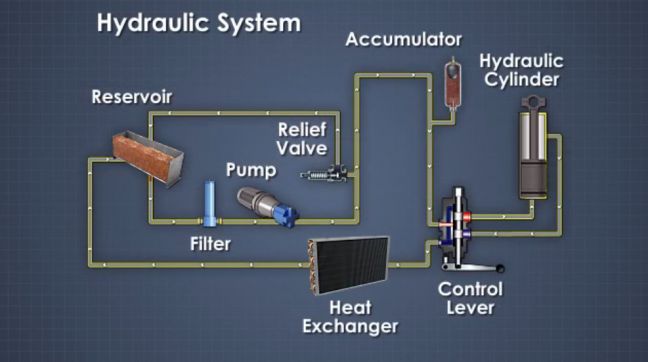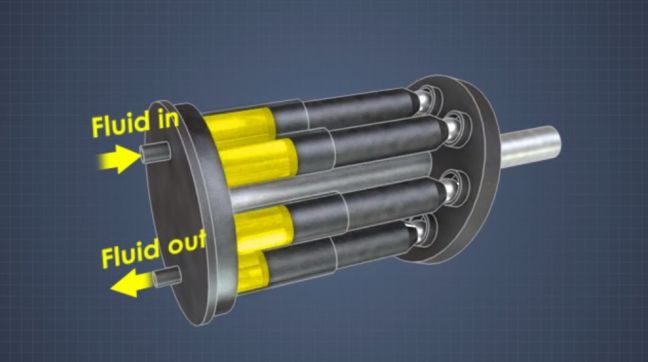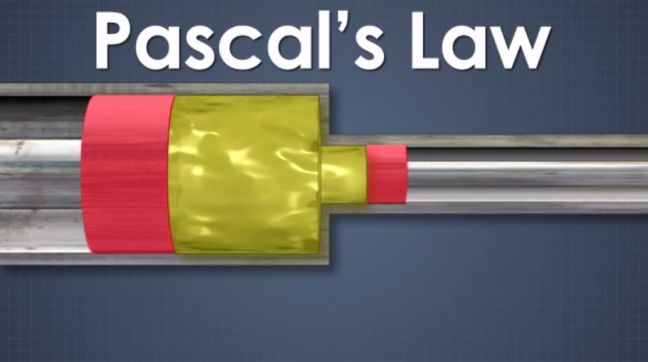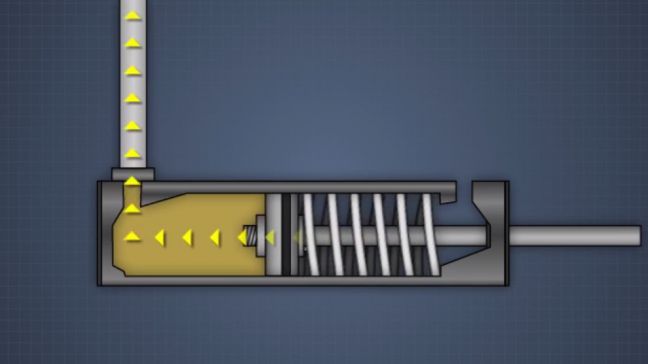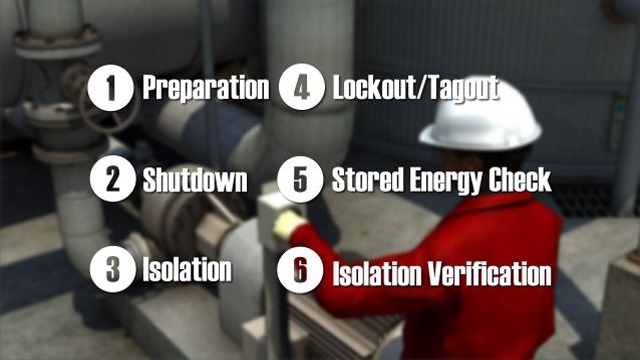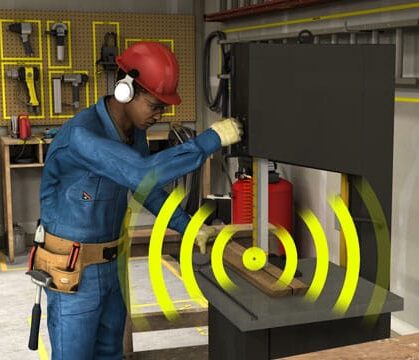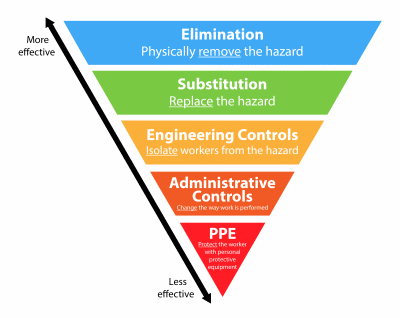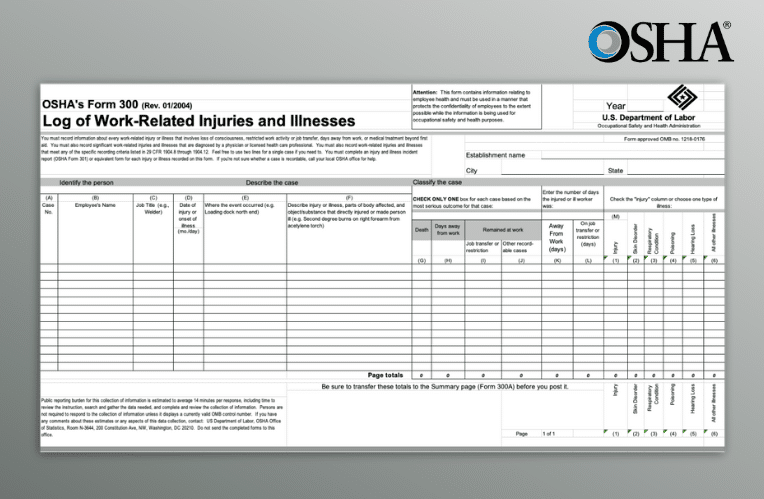October 23, 2023 14 min read
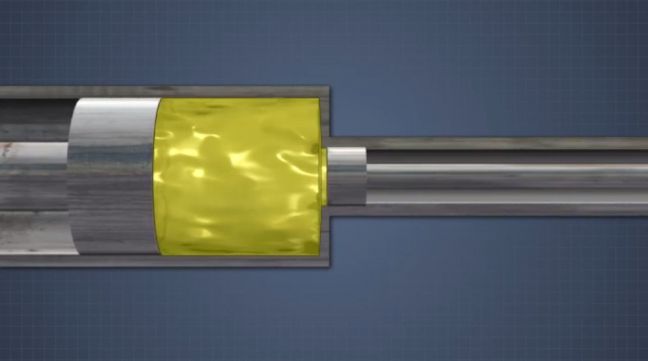
What Is a Hydraulic System? Definition, Design, and Components
Industry:
Solution:

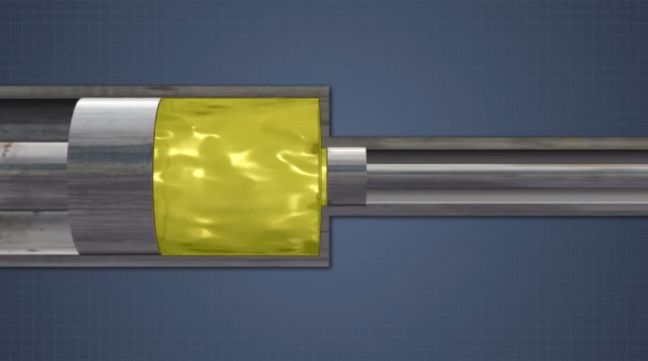
With a variety of applications, hydraulic systems are used in all kinds of large and small industrial settings, as well as buildings, construction equipment, and vehicles. Paper mills, logging, manufacturing, robotics, and steel processing are leading users of hydraulic equipment.
As an efficient and cost-effective way to create movement or repetition, hydraulic system-based equipment is hard to top. It’s likely your company has hydraulics in use in one or more applications for these reasons.
We’ll provide more information about hydraulic systems in this article, including covering the definition and basic designs and components.
An Overview of Hydraulic Systems
The purpose of a specific hydraulic system may vary, but all hydraulic systems work through the same basic concept. Defined simply, hydraulic systems function and perform tasks through using a fluid that is pressurized. Another way to put this is the pressurized fluid makes things work.
The power of liquid fuel in hydraulics is significant and as a result, hydraulic are commonly used in heavy equipment. In a hydraulic system, pressure, applied to a contained fluid at any point, is transmitted undiminished. That pressurized fluid acts upon every part of the section of a containing vessel and creates force or power. Due to the use of this force, and depending on how it’s applied, operators can lift heavy loads, and precise repetitive tasks can be easily done.
This online hydraulics systems training course illustrates this point.
Marvelously versatile, hydraulic systems are dynamic, yet relatively straightforward in how they work.
Let’s look at some applications and a few basic components found in hydraulic systems. This short sample from our online hydraulic systems and components course sets the scene nicely.
Hydraulic Circuits
Transporting liquid through a set of interconnected discrete components, a hydraulic circuit is a system that can control where fluid flows (such as thermodynamic systems), as well as control fluid pressure (such as hydraulic amplifiers).
The system of a hydraulic circuit works similar to electric circuit theory, using linear and discrete elements. Hydraulic circuits are often applied in chemical processing (flow systems).
Hydraulic Pumps
Mechanical power is converted into hydraulic energy using the flow and pressure of a hydraulic pump. Hydraulic pumps operate by creating a vacuum at a pump inlet, forcing liquid from a reservoir into an inlet line, and to the pump. Mechanical action sends the liquid to the pump outlet, and as it does, forces it into the hydraulic system.
This is an example of Pascal’s Law, which is foundational to the principle of hydraulics. According to Pascal’s Law, “A pressure change occurring anywhere in a confined incompressible fluid is transmitted throughout the fluid such that the same change occurs everywhere.”
Hydraulic Motors
The conversion of hydraulic pressure and flow into torque (or a twisting force) and then rotation is the function of a hydraulic motor, which is a mechanical actuator.
The use of these is quite adaptable. Along with hydraulic cylinders and hydraulic pumps, hydraulic motors can be united in a hydraulic drive system. Combined with hydraulic pumps, the hydraulic motors can create hydraulic transmissions. While some hydraulic motors run on water, the majority in today’s business operations are powered by hydraulic fluid, as the ones in your business likely are.
Hydraulic Cylinders
A hydraulic cylinder is a mechanism that converts energy stored in the hydraulic fluid into a force used to move the cylinder in a linear direction. It too has many applications and can be either single acting or double acting. As part of the complete hydraulic system, the cylinders initiate the pressure of the fluid, the flow of which is regulated by a hydraulic motor.
Hydraulic Energy and Safety
Hydraulics present a set of hazards to be aware of, and for that reason safety training is required.
For example, this short sample from our online hydraulic safety training course explains some of the ways the fluids in a hydraulic system can be hazardous.
Remember, the purpose of hydraulic systems is to create motion or force. It’s a power source, generating energy.
Don’t underestimate hydraulic energy in your safety program. It is small but mighty in force. And like any force, it can do great good or great harm.
In the workplace, that translates to a potential hazard source, especially if uncontrolled. Hydraulic energy is subject to OSHA’s Lockout/Tagout rules, along with electrical energy and other similar hazard sources. Be sure to train workers about the hazards of uncontrolled hydraulic energy, especially during maintenance, and the need for lockout/tagout, as illustrated by this still image from one of our online lockout/tagout training courses.
If neglected in procedures or forgotten when servicing equipment, uncontrolled hydraulic energy can have devastating results. Failure to control hydraulic energy frequently causes crushing events, amputations, and lacerations to exposed workers.
Therefore, like other energy sources, hydraulic energy must be controlled, using an appropriate energy isolating device that prevents a physical release of energy. There are also systems that require the release of stored hydraulic energy to relieve pressure. And also, those engaged in lockout/tagout, must also verify the release of stored hydraulic energy/pressure (usually indicated by zero pressure on gauges) prior to working on equipment.
Also, workers need training which must explain the hazard potential and clearly detail methods to prevent injury. According to OSHA:
“All employees who are authorized to lockout machines or equipment and perform the service and maintenance operations need to be trained in recognition of applicable hazardous energy sources in the workplace, the type and magnitude of energy found in the workplace, and the means and methods of isolating and/or controlling the energy.”
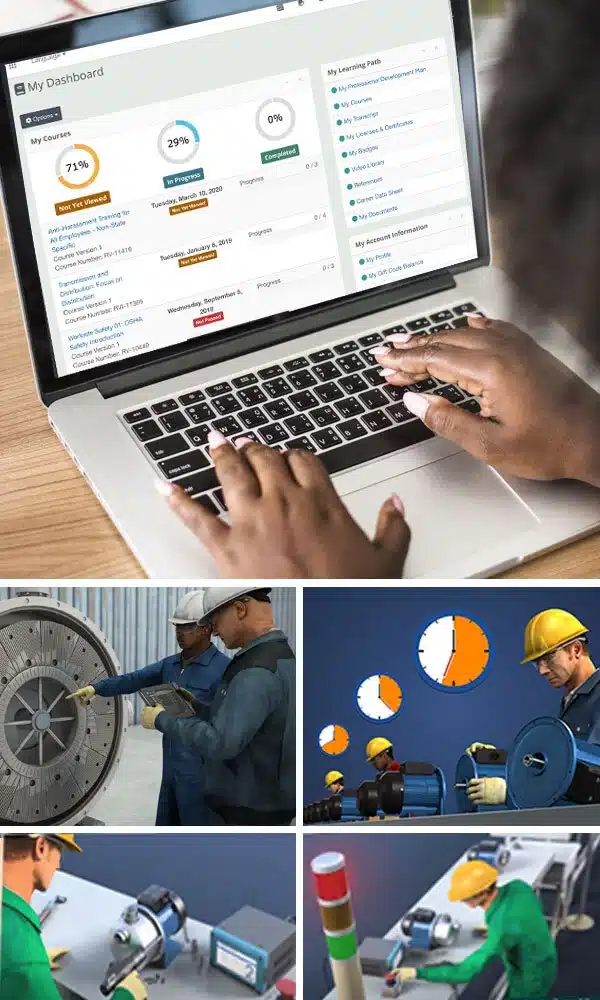
Vector EHS Management Software empowers organizations – from global leaders to local businesses – to improve workplace safety and comply with environmental, health, and safety regulations.
Learn more about how our software can save you valuable time and effort in recording, tracking, and analyzing your EHS activities.
Learn more about how we can help:
- Incident Management Software →
- EHS Inspection Software →
- Key Safety Metrics Dashboard →
- Learning Management System (LMS) and Online Training Courses →
- Mobile Risk Communication Platform
Download our EHS Management Software Buyer’s Guide.
You should be very familiar with any equipment in your business that creates hydraulic energy to ensure your workers are adequately protected through well-detailed procedures and training. And of course, your LO/TO program should echo your procedures, and list sources of workplace hydraulic energy devices. (Don’t forget to perform at least annual reviews of the program and procedures to ensure you catch any changes or deficiencies.)
Again, it’s critical anyone involved with hydraulic systems is properly trained. Don’t neglect that aspect.
If you’d like to dig deeper into this topic, we have several courses on hydraulic systems, including Hydraulic System Basics, which outlines the essentials of hydraulic theory, common components, what mechanical advantage is, and how hydraulic fluid is contaminated. In addition, we have two others which provide vital in-depth information, Hydraulic System Valves and Components and Hydraulic System Equipment.
It’s important to understand the principles of these systems, not only for servicing and maintenance, but also to understand the ways the hydraulic systems function to avoid injuries and accidents.
Conclusion: Hydraulics Are Common in the Modern Workplace
Having a working understanding of hydraulics of the type we’ve covered in this article will help you better understand a modern workplace and will make you or your company more efficient, productive, and safe.
Before you go, feel free to download the free guide to manufacturing training below.
